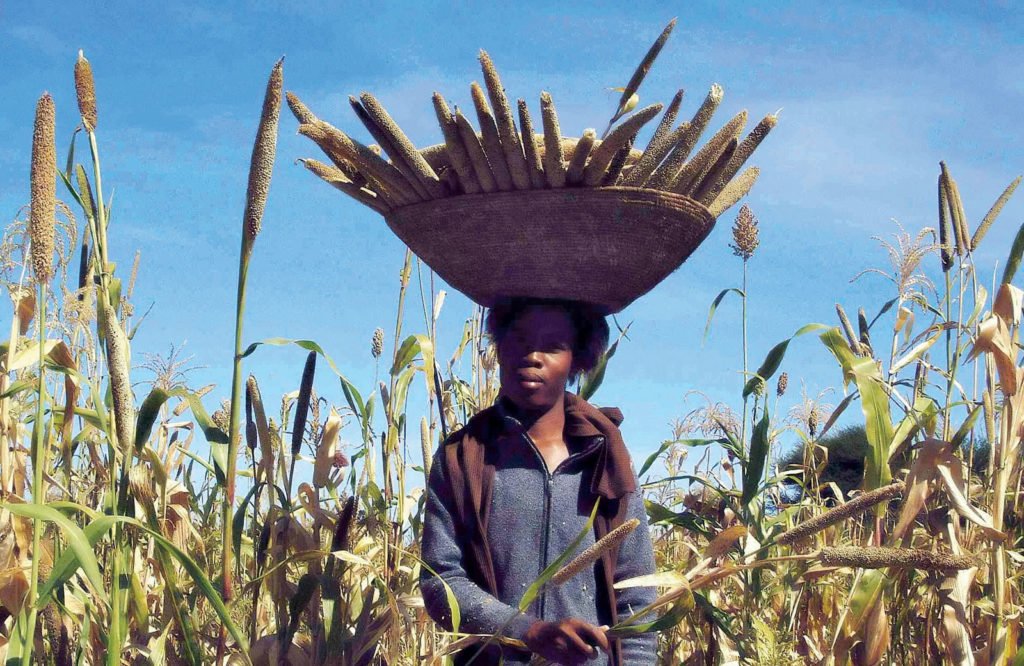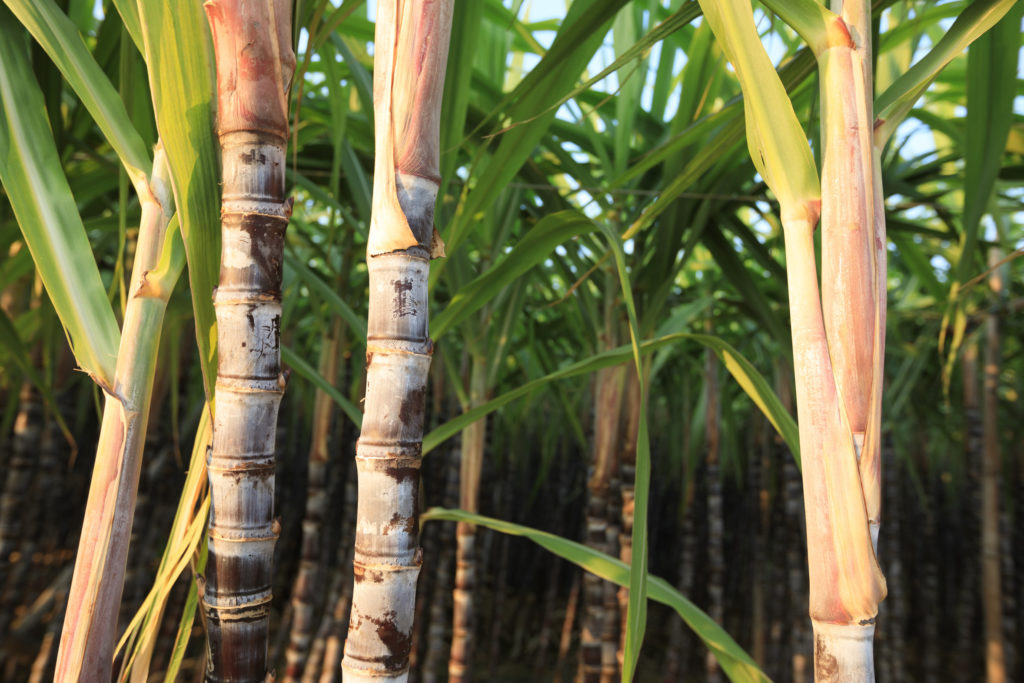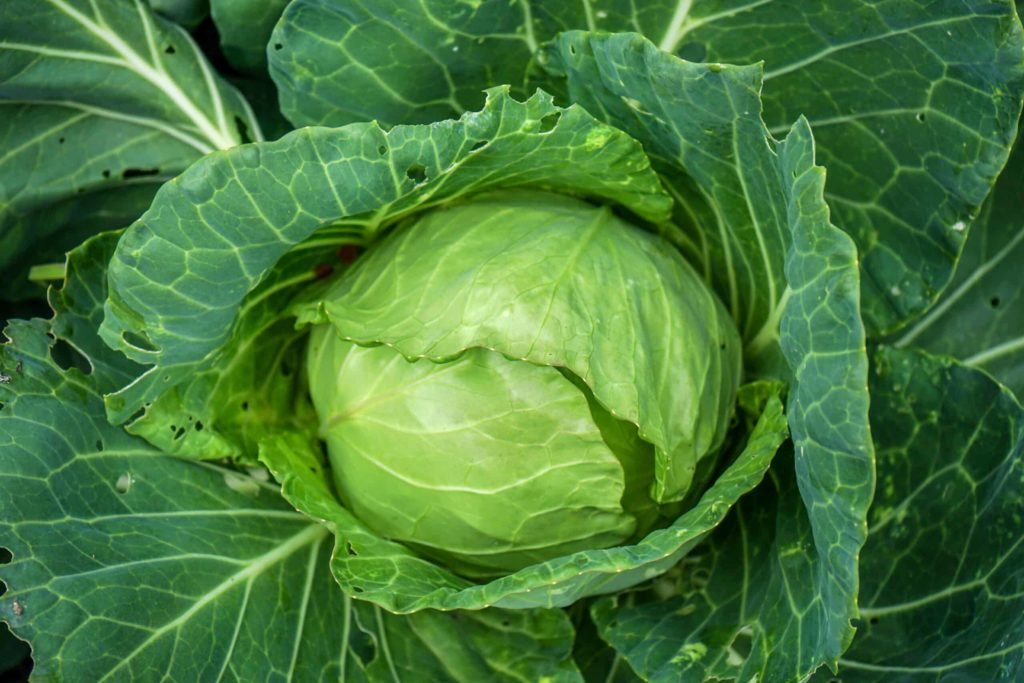Back to: AGRICULTURAL SCIENCE JSS 1
Welcome to class!
In today’s class, we will be talking about Classification of Crops. Enjoy the class!
Classification of Crops
Crops are plant product that can be grown and harvested extensively for profit or subsistence. Crops may refer either to the harvested parts or to the harvest in a more refined state. Most crops are cultivated in agriculture or aquaculture. A crop may include macroscopic fungus (e.g. mushroom that grows on trees). Crops are classified into various aspects.
Crops are classified intoꓼ
- Classification of crops based on their primary uses
- Classification based on their life cycle
For this class, we will be discussing the above-named classification. Now let us elaborate the classes listed above by picking them one after the other. (let’s proceed to the first one)
Classification of crops based on their primary uses
The primary usage of Crops is basically for food crops, cash crops, staple crops, sugar and sweetener crops, etc.
There are other primary uses of crops, but the listed above are the most important once for this class and we can discuss the rest in the next class. Now let us work on the listed above.
Food Crops:
Food crops refer to mankind’s major food supplies are derived from plants; a crop assumes human intervention through agriculture. In the main, food crops consist of different things mankind need.
- Grains (as in cereals) for example rice, millet, sorghum, corn, wheat,

- Legumes they are large plants that include trees, shrubs herbs. Examples are groundnut, beans soybeans and clover etc.
- Beverage plants such as tea and coffee, and so forth.
Cash Crops:
Cash crops, they are also called profit crop. They are agricultural crop which is grown to sell for profit. It is typically purchased by parties separate from a farm. The term is used to differentiate marketed crops from subsistence crops, which are those fed to the producer’s livestock or grown as food for the producer’s family. The main purpose of planting crops in this situation is for profit-making, to plant the crops, harvest them and sell after a while.
Staple Crops:
They are plants grown for their parts which are used as a staple food. Staple food is one that is regularly consumed in large quantities to form the basis of a traditional diet and which serves as a major source of energy and nutrients. It may be grouped into the starchy type and protein-rich type.
Sugar and Sweetener Crops:
There are two major sugar crops, namely: sugar beets and sugar cane. However, sugar and syrups are also produced from the sap of certain species of maple trees, from sweet sorghum when cultivated explicitly for making syrup and from sugar palm.

There are 4 types of sugar
- Glucose
- Fructose
- Sucrose
- Starch
Classification based on their life cycle
This classification talks about how long the crops live. How long they last once their germination begins.
- Annual Crops: Just as the name implies, annual means one, those are crops which complete their life cycle within a year. These types of crops are planted, they germinate and they are harvested for sell within that one year. Examples are maize, rice, millet, groundnut and vegetables.
- Biennial crops: These are crops that take more than a year to complete their life cycle and not more than two years, (that is, they are planted, germinated and they are harvested within two years). Examples are cassava, coco-yam and cabbage.

- Perennial Crops: These are crops that take more than two years to complete their life cycle. Unlike annual crops, perennial crops don’t need to be replanted. After they are harvested, they germinate again by themselves. Examples are orange, mango, rubber, cocoa and banana.
With the little we have talked about today, I hope with learnt a lot of things like food crops, cash crops and so on, and we can also differentiate between the life cycle of crops starting from the annual (within a year) to biennial (within two years) and lastly perennial (over two years).
We hope you enjoyed the class.
Should you have any further question, feel free to ask in the comment section below and trust us to respond as soon as possible.

Great read.
It’ll always feel like I know some of these things, but boy did I realise I didn’t know it enough.
Thanks a lot.